
Top Tools for DIY Furniture Polish and Care: Shine Smarter at Home
Chosen theme: Top Tools for DIY Furniture Polish and Care. Welcome to a hands-on guide packed with practical gear, heartfelt stories, and smart techniques to help your wooden pieces glow with lasting, healthy brilliance.
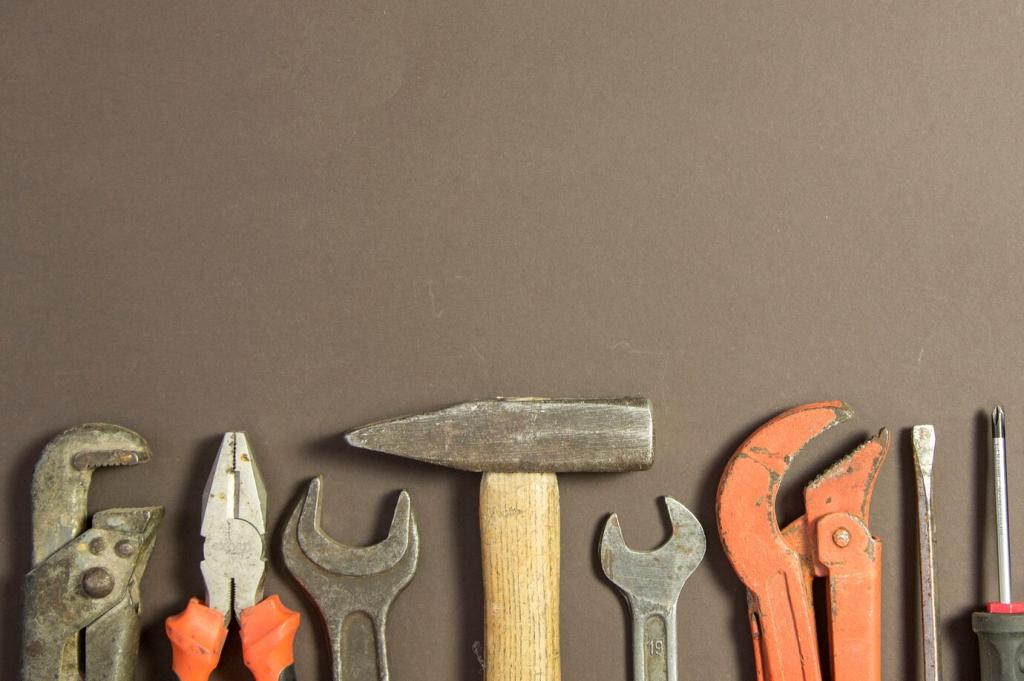
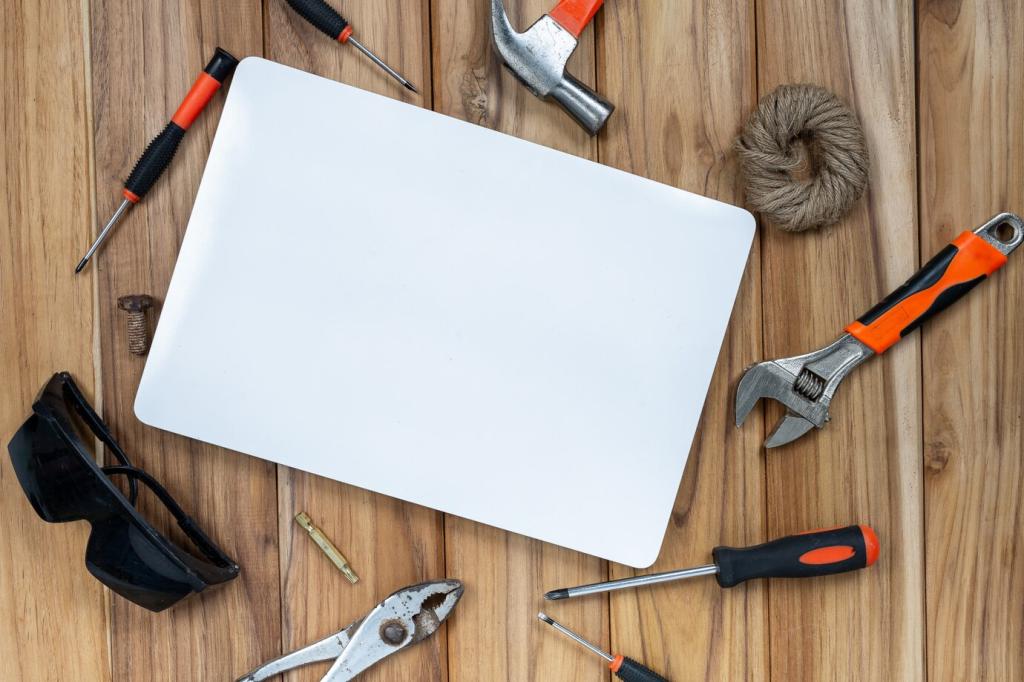

Buffing Power: From Elbow Grease to Handheld Helpers
Color‑coded pads keep steps organized: softer foams for wax, microfiber for gentle cut. Prime pads lightly before contact to prevent grabbing. Which pad brand has earned your trust for delicate antique surfaces?
Measure and Mix: Precision for Homemade Polishes
Weigh wax flakes and oils in grams for consistency, then fine‑tune with measuring spoons for small batches. Accuracy prevents greasy films or chalky residue. What ratios work best for your favorite species? Share your reliable formula.

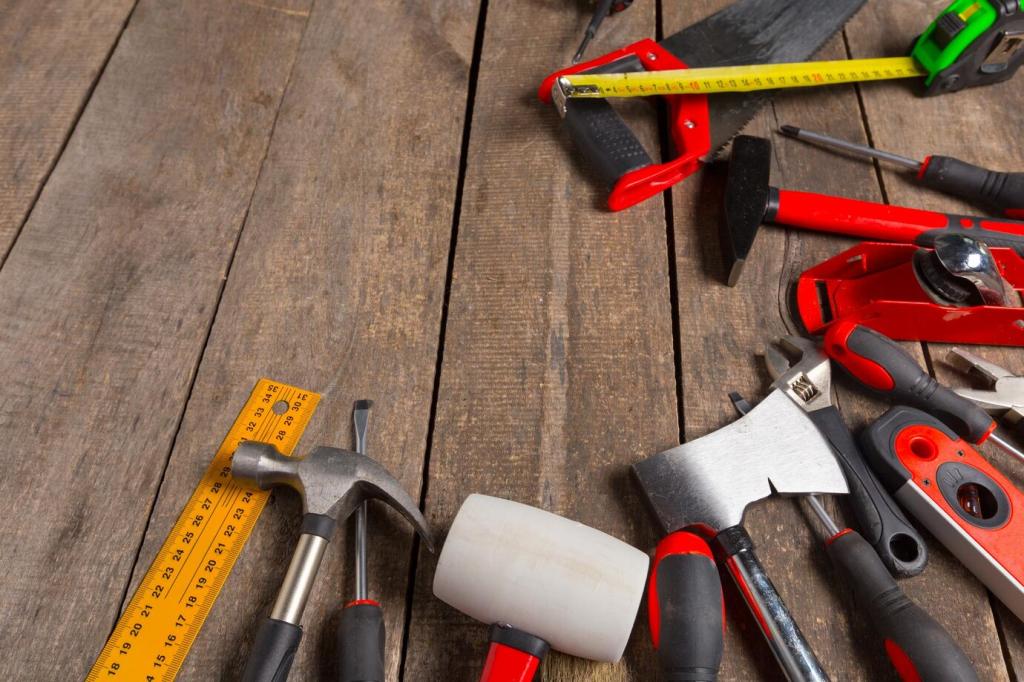
Measure and Mix: Precision for Homemade Polishes
Melt wax gently in a mason jar set in simmering water; never over direct flame. A silicone spatula keeps scraping tidy. Do you prefer beeswax with a touch of carnauba? Tell us your melt method and stirring tricks.
Prep Is Everything: Cleaning Tools Before Polishing
A HEPA vacuum fitted with a soft dusting brush pulls grit from pores and joints, preventing micro‑scratches. Always move with the grain. Which vacuum attachments do you swear by for delicate, dusty crevices?
A light mist of distilled water with a pH‑neutral cleaner loosens grime without swelling wood. Wring cloths thoroughly and spot‑test first. Share your gentle cleaning cocktail and how you avoid lifting old finish.
A light pass with a tack cloth removes clingy dust, while short bursts of compressed air clear carvings. Keep the can upright to avoid propellant. What’s your trick for dust‑free corners before waxing?
Finish and Protect: Waxes, Oils, and Their Best Friends
Wax Blocks, Scrapers, and Warm Hands
Slightly warm hard wax between palms, then lay paper‑thin layers. A card scraper can level thick spots before buffing haze. Do you favor carnauba for durability or beeswax for warmth? Tell us your blend and why.


Oil Application Kits
Nitrile gloves, blue shop towels, and a timing timer form a simple oil kit. Wipe on thin, wait, then buff dry. Tung oil cures harder; boiled linseed dries faster. Which do you reach for, and on what woods?
Fix Before You Polish: Small Repair Tools That Matter

Wax Filler Sticks and Low‑Heat Iron
Melt color‑matched wax into scratches using a craft iron on low, then level with a plastic scraper. Blend shades for realism. What color combo helped you hide a stubborn gouge perfectly?
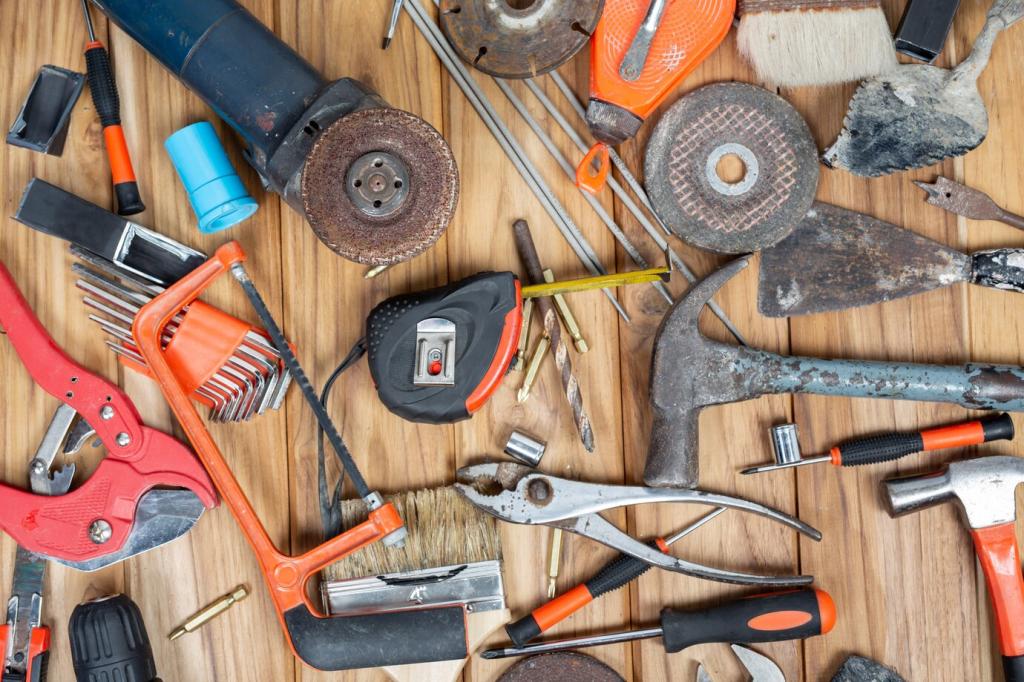
Ring Removal: Steam and Patience
For white water rings, lay a cotton cloth and tap gently with a warm iron in short bursts. Let moisture lift slowly. Have you tried a hairdryer instead? Share results and cautionary tales.

Touch‑Up Markers and Blending Pads
Feather marker color, then soften edges with a blending pad or isopropyl‑damp cloth. Work light to dark. Do you seal repairs before waxing, or after? Tell us what gives you the cleanest blend.
Safety and Setup: Tools for a Clean, Safe Shine
PPE That You’ll Actually Wear
Comfortable nitrile gloves, safety glasses, and a P2/N95 mask keep you protected from solvents and fine dust. Keep spares in your kit. What’s your must‑have protective gear that never slows you down?
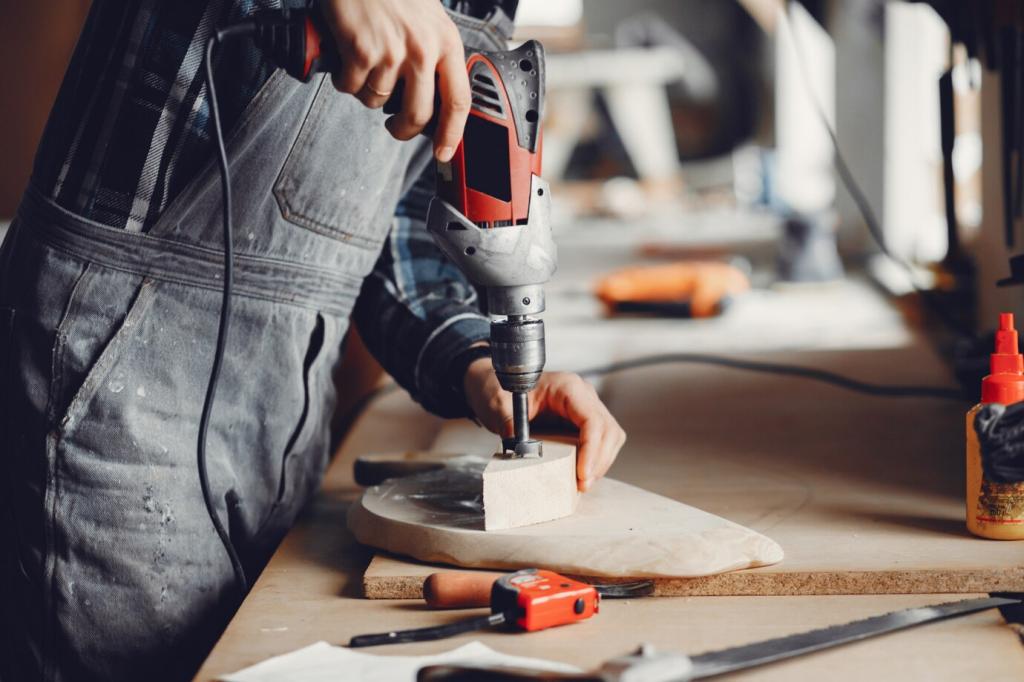
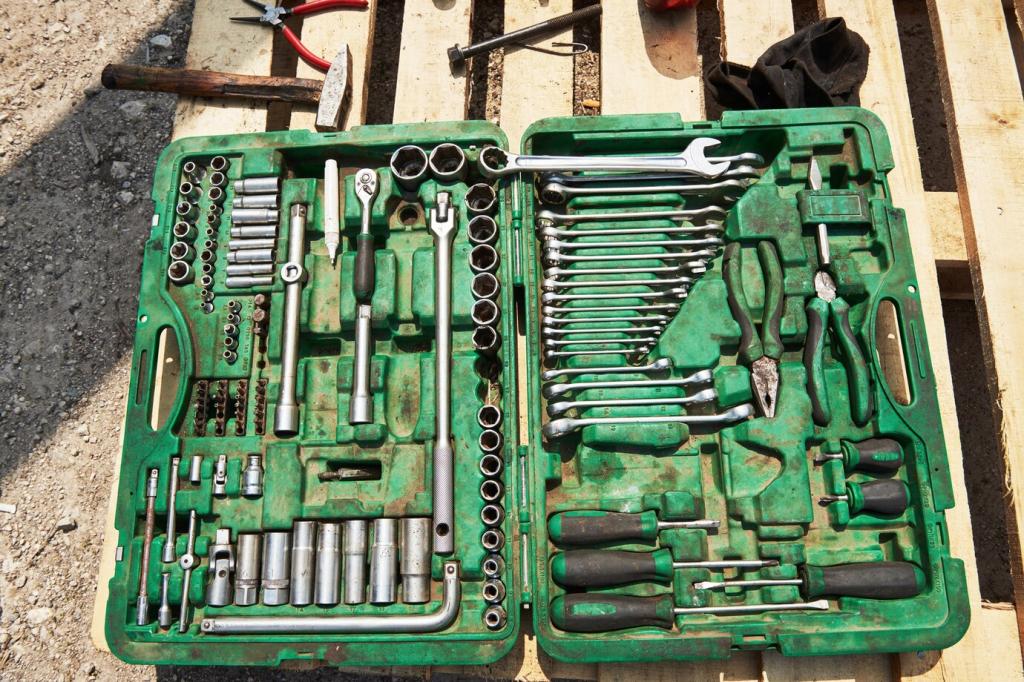
Walk around with a flashlight and blue tape, tagging dings and dust traps. Load your caddy with brushes, cloths, and pads. What’s your pre‑polish ritual that gets you excited to start strong?
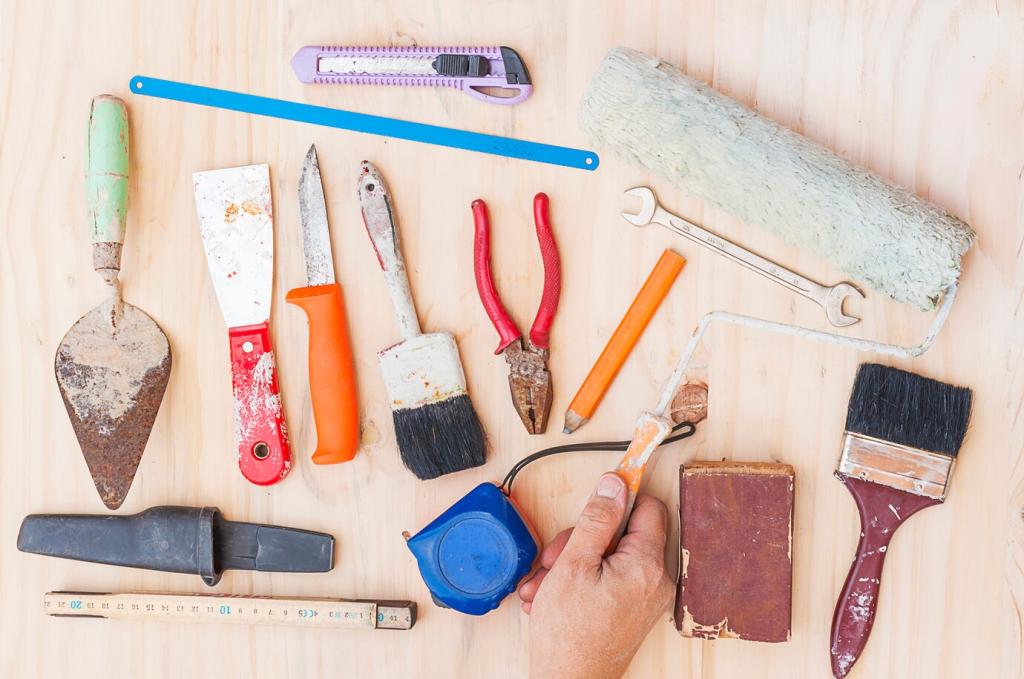
Follow the prep, fix, and apply sequence: vacuum, wipe, touch up, then polish in thin coats. Set 25‑minute focus timers and stretch between passes. Share your playlist or workflow hacks that keep momentum without rushing.

Buff to a soft glow, then photograph in morning light to check uniformity. Jot notes for next time and seal away your tools. Post your before‑and‑after story, and subscribe for more tool‑forward guides like this.
